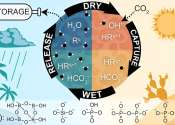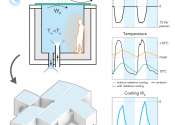Founder of Joby Aviation says electric air taxis will be in service in 2025
The notion that hundreds or even thousands of electric-powered air taxis could be whisking people over jammed roads is inching away from science fiction and closer to reality.
Oct 9, 2023
0
49









